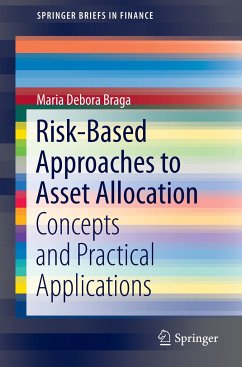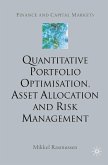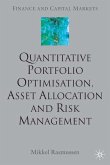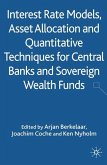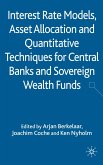This book focuses on the concepts and applications of risk-based asset allocation. Markowitz's traditional approach to asset allocation suffers from serious drawbacks when implemented. These mainly arise from the estimation risk associated with the necessary input the most critical being expected returns. With the financial crisis, there has been an increasing interest in asset allocation approaches that don't need expected returns as input, known as risk-based approaches. The book provides an analysis of the different solutions that fit this description: the equal-weighting approach, the global minimum-variance approach, the most diversified portfolio approach and the risk parity approach. In addition to a theoretical discussion of these, it presents practical applications in different investment environments. Three different evaluation dimensions are considered to put these approaches to the test: financial efficiency, diversification and portfolio stability.
Bitte wählen Sie Ihr Anliegen aus.
Rechnungen
Retourenschein anfordern
Bestellstatus
Storno

